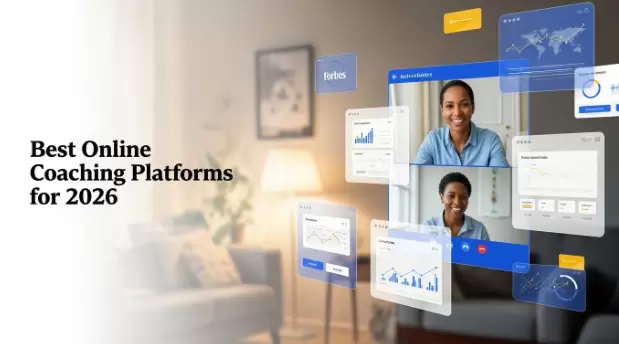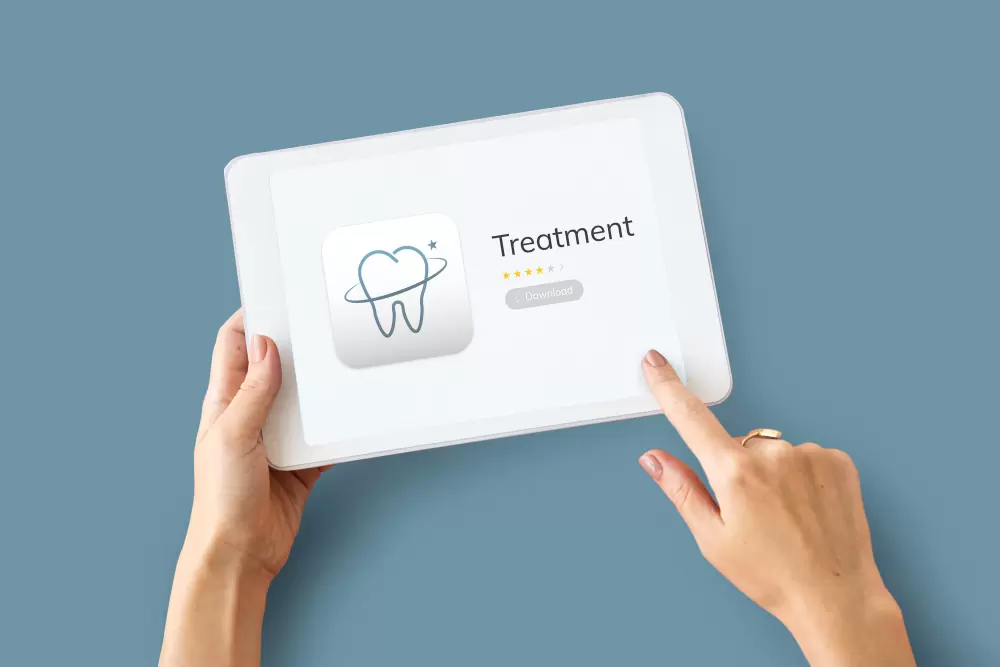All the call to action buttons, sales, promotions, and great products can’t save a business that consistently gives customers a bad experience. On the flip side, a good customer experience can hide numerous other flaws in a business and provide a strong point of differentiation that creates loyal, consistent customers.
Good customer experience matters. Today, most customer experiences start with people interacting with your website. Just by giving people a better experience on your website, you can make a dramatic improvement to the overall experience they have with your business.
How to Start Improving Customer Experience
There are 3 areas where you can work to improve customer experience. These 3 areas encompass the whole customer experience rather than focusing just on 1 particular part of the journey. If you want to give customers the best experience overall, you need to make sure you’re meeting them where they are and providing what they need at that time. Do this by:
Who is visiting your website? Where are they coming from? Is this their first time visiting or not?
How much do you really know about your customers? It’s important to understand who’s visiting your website so that you can tailor the website to fit their needs more effectively. You might assume your target audience and your visitors are the same, but you need to set up analytics and make sure you’re capturing the market that you think you are.
Analytics is the best way to learn about your customers and visitors. Setting up analytics helps you track who’s coming to your site, where they’re coming from, what they do on your site, and other basic information. Once you have this kind of information, you can make better decisions.
Touchpoints are the areas where visitors interact with your website. They include everything from the landing pages to your content, ecommerce store buttons, payments, customer service, and reviews. Everywhere that people can go on your website and interact with your business in some way is a touchpoint.
Touchpoints are a big part of customer experience. If your touchpoints aren’t clearly defined and people aren’t exactly sure how to do what they want to do or where to go next, customer experience is lacking. By improving on your touch points, you’re improving experience. So if you're running an e-commerce website, your customers will definitely have a lot of questions that can be better dealt with via phone. Adding a "call us now" button to your website will ensure that your customers have an easy way to contact you and address their issues straight away.
Do you know how satisfied your customers are with your website right now? If you don’t have any solid data to go on about how people view you now, it’s going to be difficult to gauge where you need to make changes, what to change, and if those changes have been successful or not.
By implementing a system to help you measure the satisfaction of your customers as they interact with your business, especially online interactions, you’ll glean the data you need to understand the impact of your corrective actions.
Once you’ve embraced the ideas of knowing your customer, optimizing touchpoints, and measuring customer satisfaction, you can take steps to improve customer experience on your WordPress site overall.
5 Ways to Improve Customer Experience
1. Streamline Customer Service
Customer experience is about a lot more than just customer service, but you shouldn’t ignore the part that service plays. Having an efficient, functional customer service system that’s exceptionally easy to use will improve customer experience.
When people need help, they need a way to get that help without having to search too much or jump through too many hoops. On WordPress, you can get plugins that make customer service simpler to manage.
Helpdesk plugins make customer service into a managed, efficient system where it’s easy for you or your customer service agents to interact with customers who need assistance. Interactive FAQ pages also help people find answers to basic questions without having to engage with an employee. Chatbots are another way to keep your agents free while still providing answers and basic service.
2. Boost Visual Aids
Writing great content is a really good way to improve customer experience, but sometimes the words themselves aren’t enough. Not only the content needs to be critical and argumentative enough, but also enhanced through visual and interactive elements that help people to engage with it and connect to the material more quickly.
Graphs and visual representations of data or main content points are a good place to start. If you’re writing a 3000 word pillar article explaining a concept (which is a good idea, by the way!), sprinkle images around the content that help people understand your message and grasp your points. It’s sometimes difficult for people to stay engaged with content that gives no visual break in the written content. Since you’ll be putting images or visual aids in the content, make sure you’re doing it in a way that’s helpful to people.
One common method of adding visual interest is to put free stock images throughout content. This is better than not having any images, but some topics require more relevant imagery and could benefit from screenshots, explanatory images, infographics, step-by-step picture guides, or other specific visual aids. Consider how you can add these to your longest or most complex content first, then create a content marketing strategy to help you add more useful imagery to all your other content as you post it.
With an infographic maker for example, creating tailor-made infographics for your content not only adds some much needed visual flair but also helps explain your content in a digestible manner improving your customer experience in the process.
3. Increase Accessibility
People tend to trust and appreciate businesses more when they’re able to discern where the business is and how to reach them if necessary. Beyond having customer service options available online for self service or efficient ticket management, having a visible phone number where people can call and reach someone from your business helps improve your perception.
It doesn’t matter where you’re located or what kind of business you run. Even online-only businesses should probably have a phone number on their website where customers can access you when necessary. A virtual phone number makes this cheap and easy today.
According to GetVoIP, virtual number operate in exactly the same way as a traditional phone number, allowing you to make and receive calls and text messages. The difference is that virtual phone numbers aren’t tied to physical infrastructure like a landline phone or a cell phone with a SIM card. You can get them anywhere in the world and use any online-accessible device to manage the calls and messages.
4. Increase Page Load Speed
Page load speed is the time it takes for your website pages to fully load once someone has clicked on a link or entered the URL directly. The average page load speed is somewhere around 10 seconds on desktops and around 27 second on mobile devices (mobile devices tend to have slower page load speeds in general).
If you’re hitting the average, that’s better than nothing. But, faster page load speeds are always better. Numerous studies have shown that people are not patient with slow websites, and they will gravitate towards pages that load faster. You want to get your page load speed as fast as possible without sacrificing the quality of your content and the usefulness of your pages. This isn’t as difficult as it sounds!
Some of the main factors that play into page load speed are:
- Hosting Provider
- Image & Video File Sizes
- Number/Size of Apps & Plugins On-page
- Design Perspective (Mobile First or Responsive)
Test your page load speed with a free tool (try WebPageTest or Pingdom), then benchmark that number and see how you can lower it. Optimize images or videos on your website to reduce their size, reduce the number of apps or plugins you use to a minimum, make sure your website is efficient on both mobile and desktop, and check out the hosting provider speed. If your host is what’s slowing you down, you may need to switch providers to improve your speed.
5. Personalization
There are endless opportunities to personalize your website. If you’re connected to analytics, you have even more opportunities. Engage people with product recommendations that are tailored to their preferences, specific landing pages for different campaigns, loyalty campaigns, and any other variety of personal touches.
The goal of personalization is to guide people through their customer journey by providing something specific to them rather than giving everyone the same experience. For most people, a personalized experience is a better experience.
Good customer experience has major benefits for your business. By improving peoples’ experience on your website, you can give them a better impression of your business and help to guide them through your funnel without as much friction along the way.
About Author:
Georgi Todorov is a digital marketer, specializing in Outreach strategies, International SEO and Influencer Marketing. He recently started his own blog about digital marketing called DigitalNovas and joined GetVoIP to provide his marketing expertise.
LinkedIn: www.linkedin.com/in/georgitodorovbg/


 Table of Content
Table of Content










